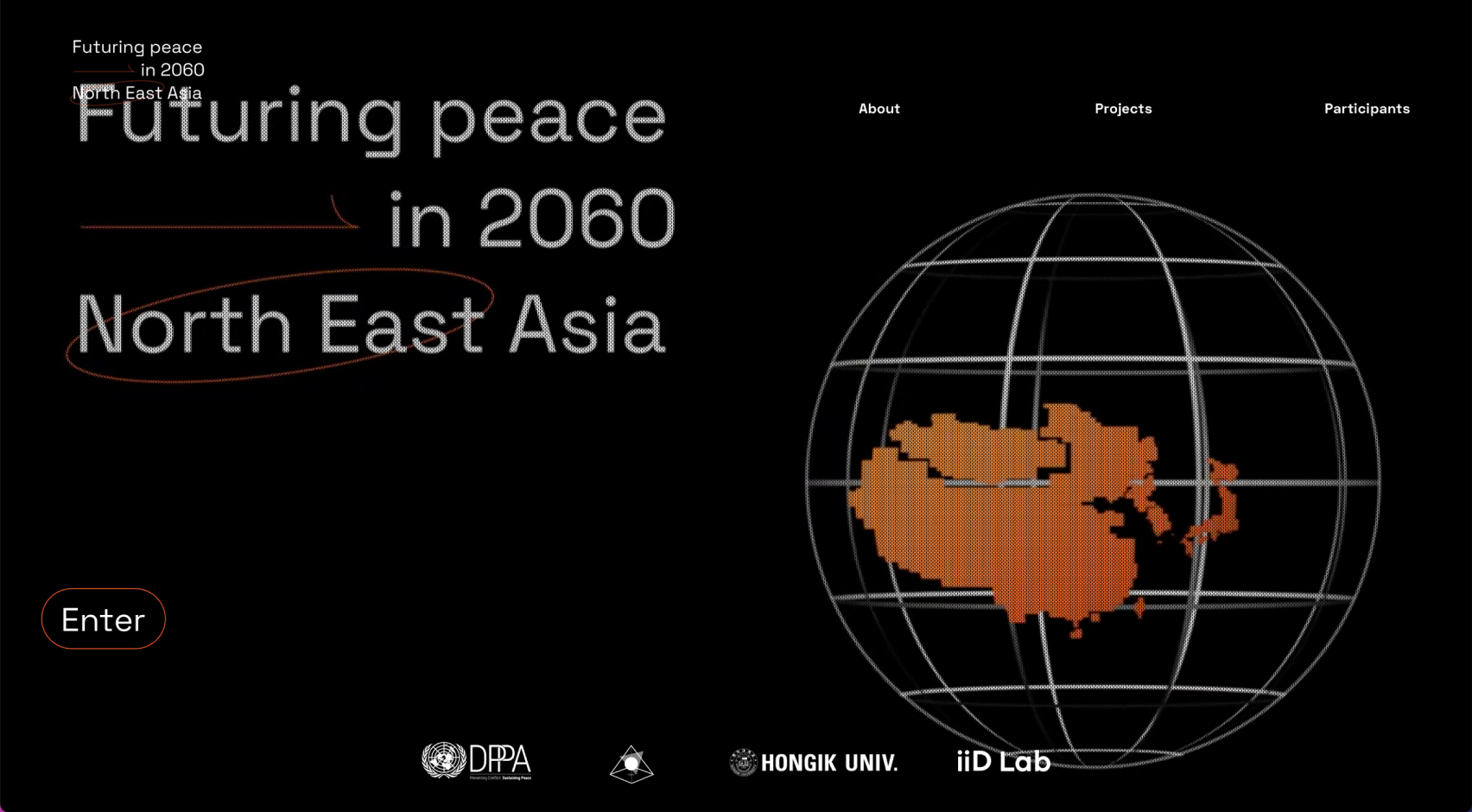FUTURING PEACE
IN NORTHEAST ASIA

- 东北亚的未来和平
- Зүүн хойд Азийн энх тайван ирээдүй
- 東北アジアにおける未来の平和
- 동북아시아의 미래평화
Virtual dialogue series with Northeast Asian youth





Methodology
In DPPA’s exploration of futures for peacemaking, reconciliation and peacebuilding, the Innovation Cell of the Policy and Mediation Division has considered various tools of strategic foresight and futures in partnership with experts, practitioners, and organisations. The 2-year initiative in collaboration with the Asia and the Pacific Division explored how futures literacy capability developed by UNESCO, specifically focusing on participatory considerations of the futures, can create avenues for policymaking.
The pilot demonstrated multiple benefits of participatory futures: it can democratize how futures is practised, it can lead to more comprehensive and systems-based solutions through its diversity in inputs, it can create shared interpretations of historical legacies as drivers of futures, and it can catalyse action in the present towards a preferred future.
In 2022, the initiative was scaled and implemented in collaboration with the Swiss foreign policy think-tank foraus and co-designed and co-facilitated by Northeast Asian youth. From April to September 2022, four workshops were held where the youth peacebuilders used strategic foresight tools to develop concrete policy recommendations for policymakers, exploring pathways to a peaceful future for the region. Questions were framed using the “Futures Triangle” approach, probing participants to think about future outcomes by looking at three dimensions: the push of the present, the pull from the future, and the weight of the past. Through collective scenario building and testing, they identified four key policy avenues, including establishing digital literacy programs, furthering educational and technological cooperation, creating a regional youth parliament, and fostering an inclusive Metaverse.
Speculative Futures
A related side project with Speculative Futures Seoul Chapter and Hongik University took the collective insights from the project as inspiration to create artefacts from the future. These snippets from 2060 aim to communicate the individuals, communities and systems that exist in the future, and their potential impacts for consideration in the present.
